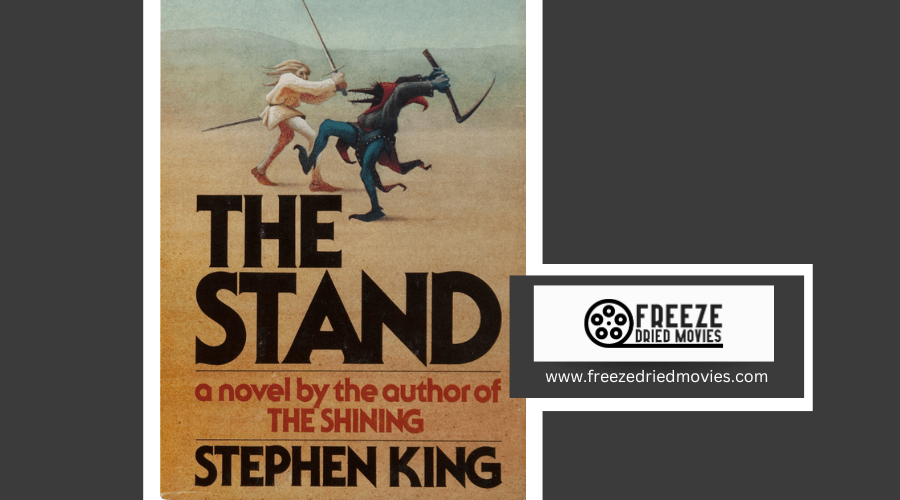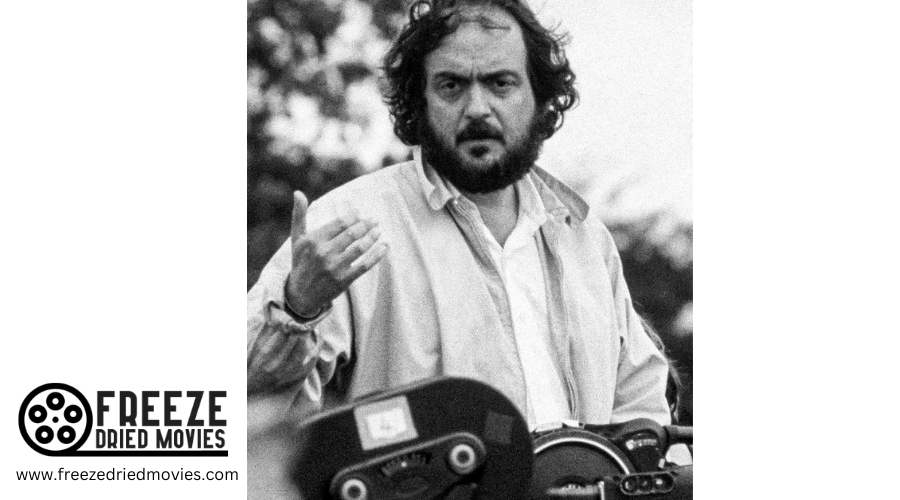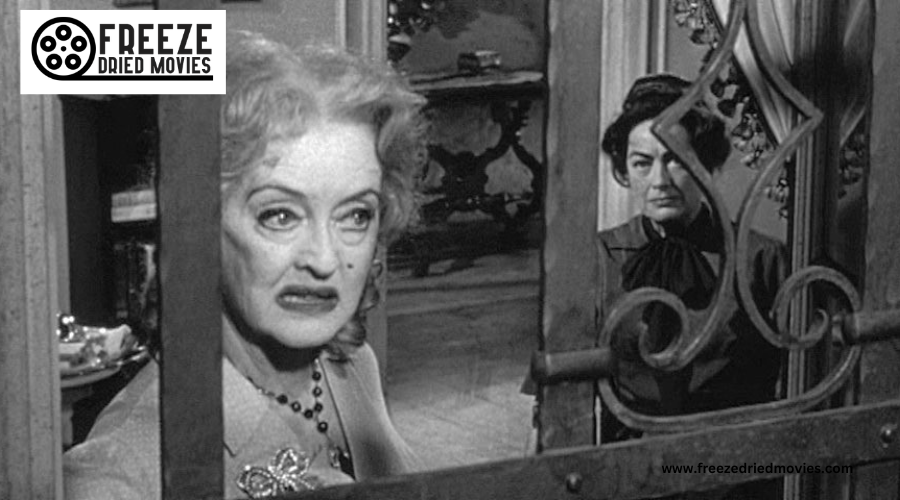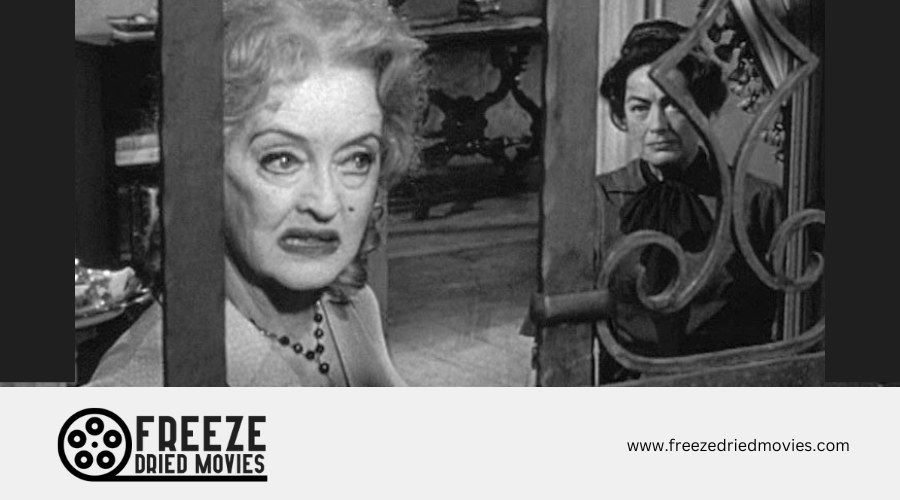1950s Horror: The Golden Age of Monster Movies
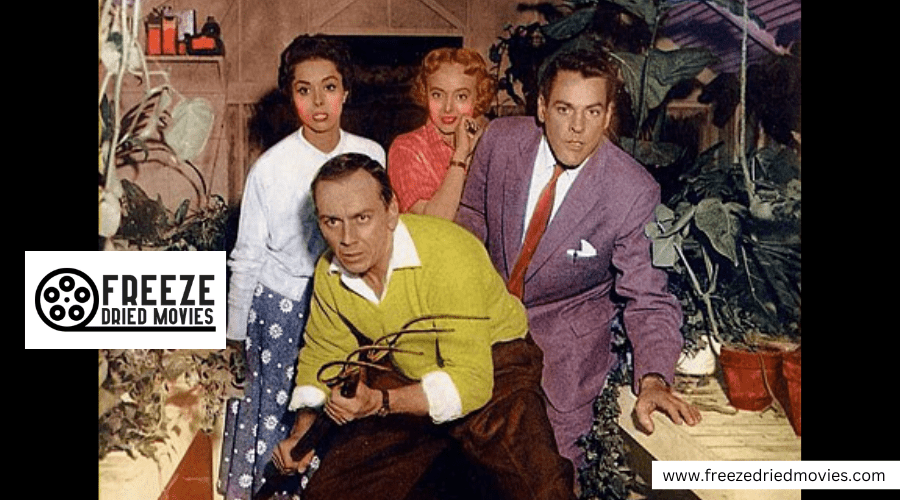
The 1950s marked a golden age for horror cinema. This decade saw the rise of low-budget B-movies and creature features that captured audiences' imaginations. Filmmakers explored new themes and techniques, pushing the boundaries of the genre.
Horror movies from this era often blended science fiction elements with traditional scares. Films like "Invasion of the Body Snatchers" and "The Beast from 20,000 Fathoms" played on Cold War fears and atomic age anxieties. Drive-in theaters became popular venues for these spine-tingling tales, offering thrills and chills to young audiences eager for excitement.
B-Movie Madness
The 1950s marked a turning point for horror films. World War II had changed everything. People no longer feared made-up monsters. They wanted stories that felt real and close to home.
This shift gave birth to a new kind of horror movie. These films took place in the present day. They played on fears about science and technology going wrong. Many showed how everyday life could turn scary in an instant.
The Cold War added to people's worries. Both sides raced to build bigger and deadlier weapons. This fear of technology gone wild showed up in many films.
UFO sightings also became popular around this time. The idea of alien invaders fit right in with the mood of the era. People were already used to watching the skies for danger.
As horror films changed, they often became B-movies. Big stars and studios moved on to other genres. This left horror in the hands of outsiders and misfits. These filmmakers loved to shock audiences with wild ideas.
Teens became the main audience for these new horror films. They didn't care about fancy production. They wanted thrills, scares, and a bit of romance. Drive-in theaters became popular spots for watching these movies.
Some classic monsters got makeovers in this era. Hammer Films in Britain breathed new life into old favorites:
| Monster | Notable Films |
|---|---|
| Dracula | Horror of Dracula (1958) |
| Frankenstein | The Curse of Frankenstein (1957) |
| The Mummy | The Mummy (1959) |
These films brought color and a touch of sex appeal to Gothic horror. Stars like Christopher Lee and Peter Cushing became horror icons.
In America, Vincent Price rose to fame in horror roles. He starred in "House of Wax" (1953), one of the first 3D horror films. Price's smooth voice and sinister charm made him perfect for these parts.
Many 1950s horror films focused on science gone wrong. Giant bugs and mutant creatures were common threats. Some popular examples include:
- "Tarantula" (1955): A huge spider attacks a desert town.
- "The Blob" (1958): A growing mass of goo threatens a small town.
- "Attack of the Giant Leeches" (1959): Massive bloodsuckers prey on locals.
These films often had cheap effects and weak plots. But they captured the fears of the time. They showed how quickly normal life could turn upside down.
Some directors found clever ways to work with small budgets. Ed Wood became famous for his so-bad-it's-good style. His film "Bride of the Monster" (1955) starred Bela Lugosi in one of his last roles.
Not all 1950s horror was campy or cheap. Some films tackled serious themes. "Invasion of the Body Snatchers" (1956) played on fears of conformity and loss of identity. It's still seen as a classic of the genre.
The rise of TV also changed horror films. Movies had to offer something people couldn't get at home. This led to more shocking content and creative marketing tricks.
William Castle became known for his movie gimmicks. For "House on Haunted Hill" (1959), he rigged theaters with plastic skeletons that would fly over the audience.
By the end of the 1950s, horror films had changed a lot. They were bolder, weirder, and more in tune with modern fears. While often silly or cheap, these B-movies laid the groundwork for horror's future.
The impact of 1950s B-horror lives on today. Many modern filmmakers look back to this era for inspiration. They mix nostalgia with new ideas to create fresh scares.
Monster Madness: Atomic Age Terrors
Prehistoric Peril Unleashed
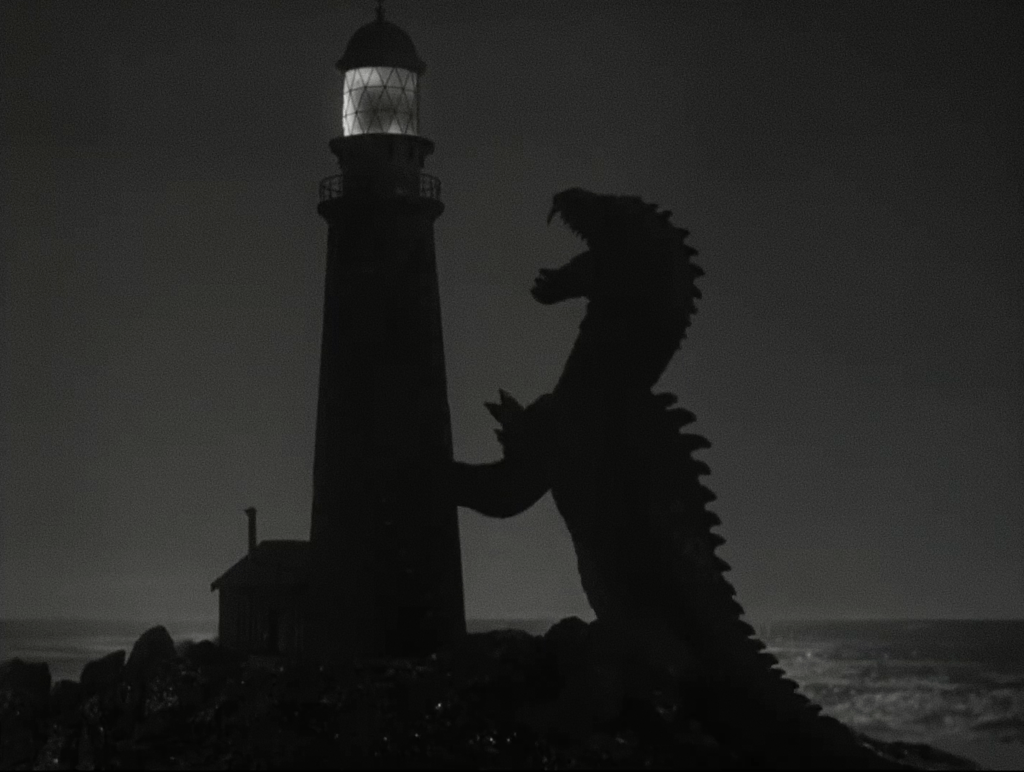
The Beast From 20,000 Fathoms made waves in 1953. This film kicked off the craze for giant monster movies. It tells the story of a dinosaur woken up by atomic testing in the Arctic. The creature heads to New York, causing chaos along the way.
The movie's success came from its unique effects. Ray Harryhausen used stop-motion to bring the dinosaur to life. This gave the beast more personality than a person in a suit could. Viewers could see its emotions, making it more than just a mindless monster.
The film's plot touches on fears of the time. Atomic testing wakes the beast, and its blood carries a deadly virus. These elements tap into worries about nuclear weapons and disease. The movie was a big hit, making $5 million on a $250,000 budget.
Key facts about The Beast From 20,000 Fathoms:
- Based on a Ray Bradbury story
- Used stop-motion effects by Ray Harryhausen
- Inspired later monster movies like Godzilla
- Dealt with themes of atomic danger
Scaly Swimmer Strikes
Creature From The Black Lagoon swam into theaters in 1954. This movie brought a new kind of monster to the screen. The Gill Man was part fish, part human, and all terror.
The film's plot centers on a science team in the Amazon. They find evidence of the Gill Man and set out to capture it. Things get complicated when the creature falls for Kay Lawrence, one of the scientists.
What made this movie stand out was its underwater scenes. The most famous shows Kay swimming while the Gill Man follows below. This "underwater ballet" became a classic movie moment.
The Gill Man costume was a work of art. It cost $15,000 and needed two actors to bring it to life. One wore it on land, the other in water. This gave the monster fluid movements in both settings.
Creature From The Black Lagoon spawned two sequels:
- Revenge of The Creature (1955)
- The Creature Walks Among Us (1956)
These films expanded on the Gill Man's story. They showed him captured, studied, and even changed by science.
Notable aspects of Creature From The Black Lagoon:
- Directed by Jack Arnold
- Shot in 3D
- Last of the classic Universal monsters
- Explored themes of science vs nature
More Monster Mayhem
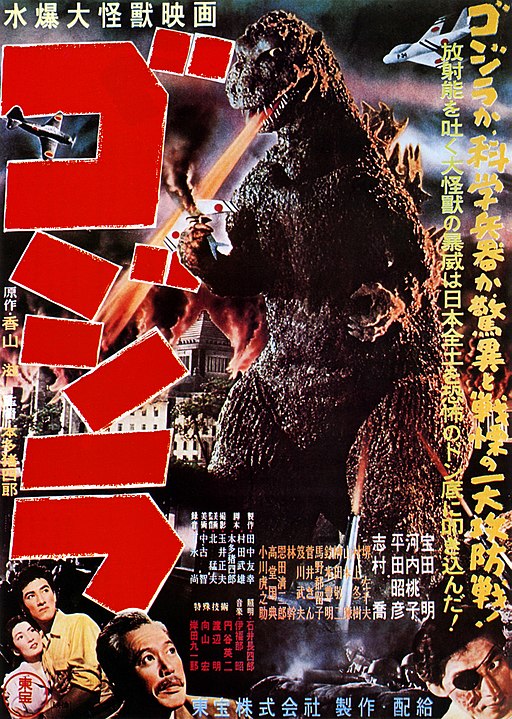
The 1950s saw a boom in creature features. Many films followed the success of The Beast From 20,000 Fathoms and Creature From The Black Lagoon. Here are some standouts:
- Them! (1954): Giant ants attack Los Angeles
- Godzilla (1954): A radioactive dinosaur destroys Tokyo
- Tarantula (1955): A huge spider terrorizes a desert town
- The Blob (1958): A alien goo consumes everything in its path
These movies often shared common themes:
- Atomic radiation creating or awakening monsters
- Science gone wrong
- Ordinary animals growing to massive size
- Creatures from space or lost worlds
Many used special effects to bring their monsters to life:
| Effect Type | Examples |
|---|---|
| Stop-motion | The Beast From 20,000 Fathoms, Earth vs. the Flying Saucers |
| Men in suits | Godzilla, Creature From The Black Lagoon |
| Puppets | Them!, Tarantula |
| Optical tricks | The Blob, The Fly |
Ray Harryhausen was a key figure in creature feature effects. His work appeared in many 1950s sci-fi and monster films. He used stop-motion to create realistic and expressive monsters.
Creature features reflected the fears of the 1950s:
- Nuclear war
- Scientific progress
- Invasion (by monsters or aliens)
- Environmental damage
These films let viewers face their fears in a safe, fun way. They also often had deeper messages about the dangers of unchecked progress or the need to protect nature.
The impact of 1950s creature features is still felt today. Many modern monster movies draw inspiration from these classics. The blend of thrills, effects, and social commentary set a template that filmmakers still use.

Further Reading
For those wanting to dive deeper into the world of 1950s creature features, here are some resources:
- "Keep Watching the Skies!" by Bill Warren: A detailed look at 1950s sci-fi films
- "Monsters in the Movies" by John Landis: Covers the history of movie monsters, including many from the 1950s
- "Ray Harryhausen: An Animated Life" by Ray Harryhausen and Tony Dalton: The effects master's own account of his work
- "It Came from the 1950s!: Popular Culture, Popular Anxieties" by Darryl Jones: Explores how 1950s films reflected societal concerns
Websites and online resources:
- Rotten Tomatoes' list of Best 1950s Horror Movies
- The Internet Archive's collection of public domain 1950s sci-fi films
- YouTube channels like "Cinemassacre" and "GoodBadFlicks" that review classic monster movies
Many of these films are now available on streaming services or as restored Blu-ray releases. This makes it easy for new fans to discover these classic monster movies.
By exploring these resources, viewers can gain a deeper understanding of how these films were made, what they meant to audiences at the time, and why they remain important today.
Teenage Thrills: AIP's Drive-In Delights
American International Pictures (AIP) carved out a unique niche in the 1950s movie industry. The brainchild of James H. Nicholson and Samuel Z. Arkoff, AIP targeted the growing teenage audience hungry for entertainment outside the family living room.
AIP's formula was simple but effective:
- Fast-paced action
- Fresh ideas for young viewers
- Mild violence
- Snappy dialogue
- Fantasy elements
The company churned out 25-30 films yearly on shoestring budgets. They often started with catchy titles and eye-catching poster art, then built movies around them. This approach led to films like "Terror from the Year 5000" and "The Brain Eaters."
AIP's production style was quick and cheap. This resulted in some technical flaws, like visible boom mics or monster costume mishaps. But these imperfections added to the charm for many viewers.
The studio's horror offerings mixed classic monsters with current trends. "I Was A Teenage Werewolf" kicked off this blend in 1957. Other titles included:
- The Ghost In The Invisible Bikini
- Attack of the Giant Leeches
AIP's films gave early breaks to future stars and filmmakers:
- Jack Nicholson
- Robert De Niro
- Martin Scorsese
- Francis Coppola
- David Cronenberg
- Dennis Hopper
Roger Corman was a key figure at AIP. He directed many films for the studio, including "A Bucket of Blood." This 1959 horror-comedy showcased Corman's talent for making entertaining movies on tiny budgets.

AIP's impact extended beyond their own productions. They helped shape the teen horror market for years to come. By mixing classic horror elements with pop culture and music, they created a formula that still influences movies today.
The studio's approach wasn't just about scares. They often included dance numbers and other teen-friendly elements. This mix of horror and fun became a staple of the genre.
AIP's success showed there was still life in the B-movie format. They proved that with the right target audience and marketing, these cheaper films could find success at drive-ins and theaters across America.
Spine-Chilling Cinema
Haunted Mansion Mayhem
A wealthy oddball invites five brave souls to spend the night in his spooky mansion. If they make it until morning, they'll win a big cash prize. This 1959 film stars Vincent Price and draws inspiration from a popular ghost story book.
The movie turns the house into a wild ride of scares and surprises. But the real fun happened in the theater. Special rigged-up cinemas featured a glowing skeleton that flew over the audience at a key moment. People screamed and laughed as the plastic prop zoomed above their heads.
This film mixed frights with fun. It wasn't trying to be a serious ghost story. Instead, it gave viewers a rollercoaster of shocks and giggles. The director knew how to turn a night at the movies into a big event.
Creepy-Crawly Fear
Another hit from 1959 stars Vincent Price as Dr. Warren Chapin. He's a scientist who studies fear. While checking dead bodies, he notices something odd in their spines. He thinks fear might create a real thing inside people. He calls it "the Tingler."
The movie made lots of money. It cost $400,000 to make but earned over $2 million. The story itself is pretty simple. There's only one monster, and it's pretty small. But the film became famous because of how it was shown in theaters.
The director used tricks to scare the audience for real. He put vibrating devices under some seats. At certain points in the movie, those seats would buzz. People jumped and yelled, making the whole theater experience more exciting.
Both these films show how 1950s horror movies tried new ways to entertain. They weren't just about what happened on screen. They turned going to the movies into a big, fun event.
Alien Encounters on the Silver Screen
Invasion of the Body Snatchers (1956)
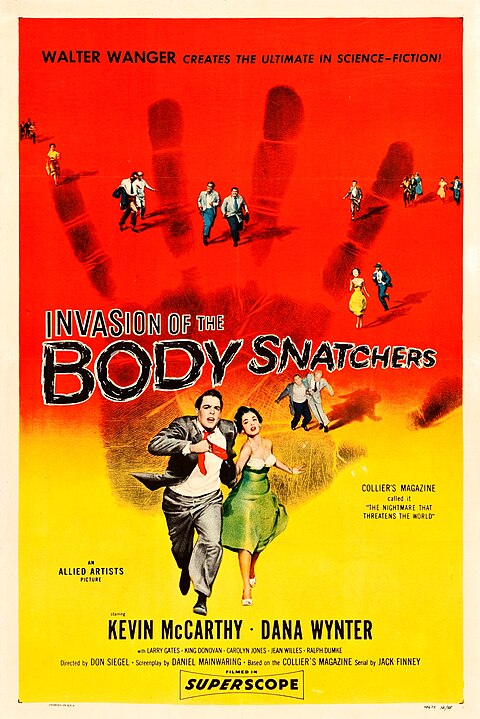
This sci-fi classic brings the fear of alien takeover right to our doorstep. The film presents a chilling scenario where extraterrestrials quietly replace humans with identical copies. These "pod people" look and act like our friends and neighbors, but lack human emotions and individuality.
The movie's strength lies in its subtle approach to horror. There are no flashy special effects or monstrous creatures. Instead, the terror comes from the idea that anyone could be an imposter. This taps into deep-seated fears of losing one's identity and being unable to trust even those closest to us.
Key themes explored in the film include:
- The nature of humanity
- Conformity vs. individuality
- Paranoia and distrust
The film's ambiguous ending leaves viewers unsettled, wondering if the invasion has truly been stopped. This open-ended conclusion adds to the movie's lasting impact and has sparked decades of discussion and interpretation.
Invasion of the Body Snatchers has been remade several times, proving the enduring power of its core concept. Each version reflects the anxieties of its era:
| Year | Title | Notable Elements |
|---|---|---|
| 1978 | Invasion of the Body Snatchers | Urban setting, Cold War tensions |
| 1993 | Body Snatchers | Military base backdrop |
| 2007 | The Invasion | Modern pandemic fears |
The original 1956 film remains a benchmark in both science fiction and horror genres. Its blend of psychological terror and social commentary continues to resonate with audiences today.
Plan 9 From Outer Space
While Invasion of the Body Snatchers is hailed as a masterpiece, Plan 9 From Outer Space sits at the opposite end of the quality spectrum. Often called one of the worst films ever made, it has gained a cult following for its unintentional humor and bizarre plot.
The movie's premise is oddly ambitious:
- Aliens hover over Los Angeles
- They reanimate corpses to create a zombie army
- Their goal is to stop humans from developing a doomsday weapon
Despite these lofty ideas, the execution falls flat due to numerous issues:
- Extremely low budget
- Poor special effects
- Inconsistent plot
- Wooden acting
- Clumsy dialogue
Some of the film's most famous blunders include:
- Visible strings on flying saucers
- Cardboard tombstones that wobble
- Day and night scenes mixed within single sequences
- An alien spaceship interior with sharp corners (in a round craft)
The production was plagued by setbacks, including the death of intended star Bela Lugosi before filming began. Director Ed Wood used brief footage of Lugosi shot earlier and had a stand-in play the role with a cape covering his face.
Plan 9 From Outer Space demonstrates how easily sci-fi and horror elements can go wrong without proper resources or skill. Yet its very awfulness has made it an enduring cult classic. Fans appreciate Wood's earnest love of filmmaking, even if the results are far from polished.
The movie serves as a reminder of the challenges faced by low-budget filmmakers in the 1950s when trying to bring fantastical concepts to life on screen. While it fails as serious sci-fi, Plan 9 succeeds in entertaining audiences through its sheer absurdity.

